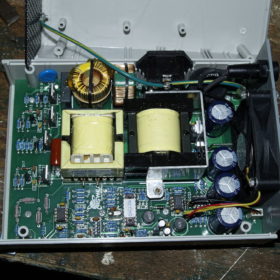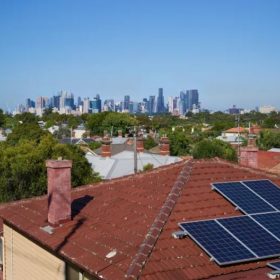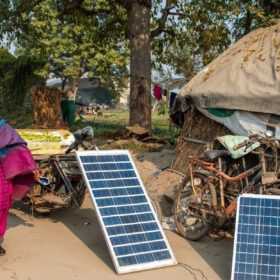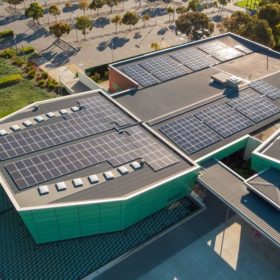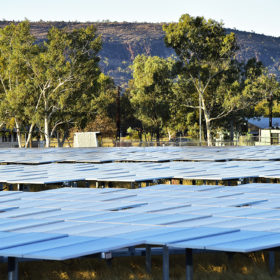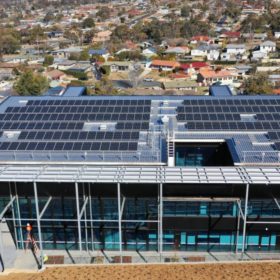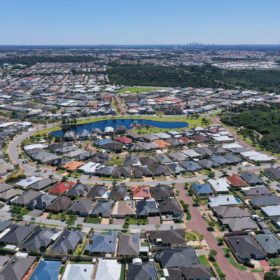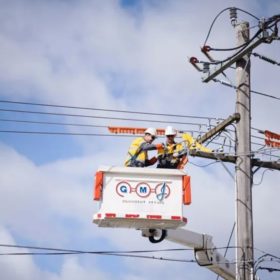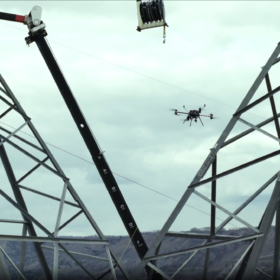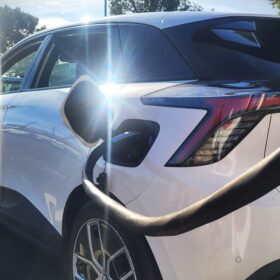New model for grid-forming inverter operation
Scientists in the United States have developed a new model to allow utilities to use grid-forming inverters in order to better manage renewable energy intermittency. They describe the inverter main circuit representation, the droop control, and the fault current limiting function.
Powercor plans community battery to boost rooftop solar
The rollout of rooftop solar in the western suburbs of Melbourne is set to get a boost with Victorian network service provider Powercor identifying the site where it will install a community battery that is expected to unlock more than 129MWh of solar PV hosting capacity.
IRENA reveals stark reality of electricity access for all by 2030
The International Renewable Energy Agency’s latest annual report on the progress towards the United Nation’s sustainable development goal seven estimates 670 million people will still lack electricity in 2030, and more than 2 billion will be reliant on unhealthy, polluting cooking methods.
City counts on fast tracking solar rollout to deliver millions in savings
Western Australia’s City of Stirling has fast tracked its investment in an estimated $6 million solar PV program in a bid to maximise potential savings and reach its goal of sourcing 100% of the city’s electricity needs from renewables by 2030.
Outback VPP trial to offer glimpse of renewables-dominated future
With some of the highest rooftop solar PV penetration in Australia the outback town of Alice Springs will soon play host to the Northern Territory’s first resident Virtual Power Plant with the project partners exploring how best to bolster the reliability of the local grid and pave the way for the increased penetration of renewable energy.
Developers launch crowd-funding campaign to finance NSW solar farm
Community solar developer Komo Energy is describing it as an “Australian first” after launching a crowd equity funding campaign to help finance the construction of the planned 1.7MW battery ready Grong Grong Solar Farm being developed in the Riverina region of New South Wales.
Bendigo council inks deal to deliver major solar deployment program
One of Australia’s largest regional cities has signed a long-term power purchase agreement with Victorian network operator AusNet Services’ independent subsidiary Mondo Power as part of plans to install solar PV arrays on 90% of city-owned buildings in less than four years.
Virtual power plant technology on trial in NSW schools
The New South Wales government has announced plans to use part of an estimated eight million square metres of public school roof space to install rooftop solar PV as it seeks to test the most effective ways to generate, store and export renewable energy into the state’s electricity grid.
VPP pilot provides glimpse of future in DER-rich grid
Western Australia has been offered a glimpse of its energy future with the $35 million Project Symphony aggregating its first package of residentially generated energy and successfully participating in a simulated two-way Wholesale Electricity Market.
Victorian networks seek smart solutions to counter grid constraints
A trio of Victorian electricity distributors are turning to new, smarter technologies including more battery energy storage systems and demand management programs as they seek to meet changing customer needs and improve grid reliability in areas where the low-voltage distribution network is constrained.
